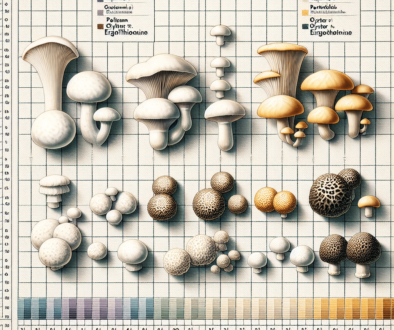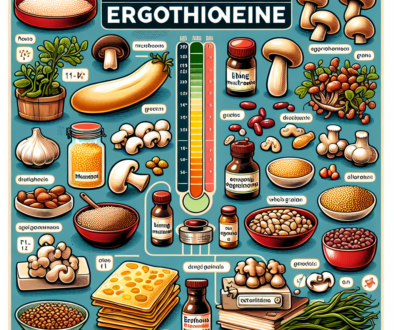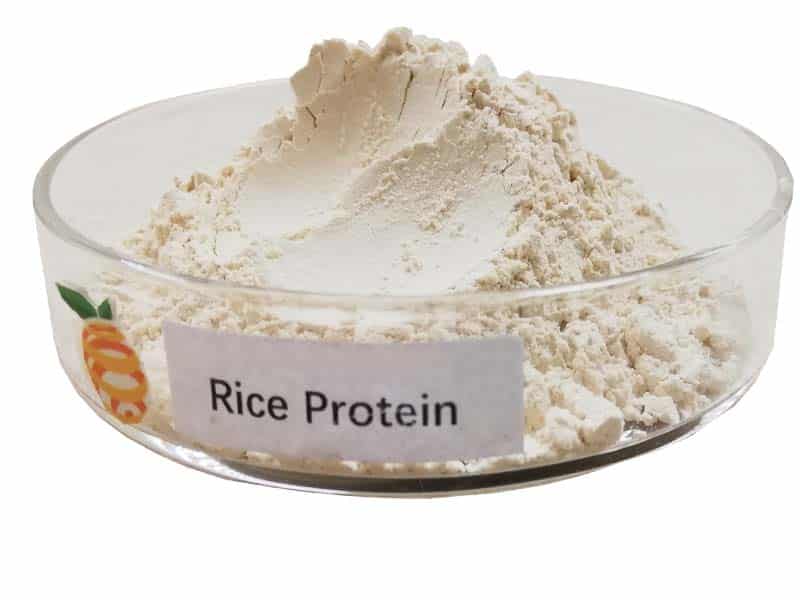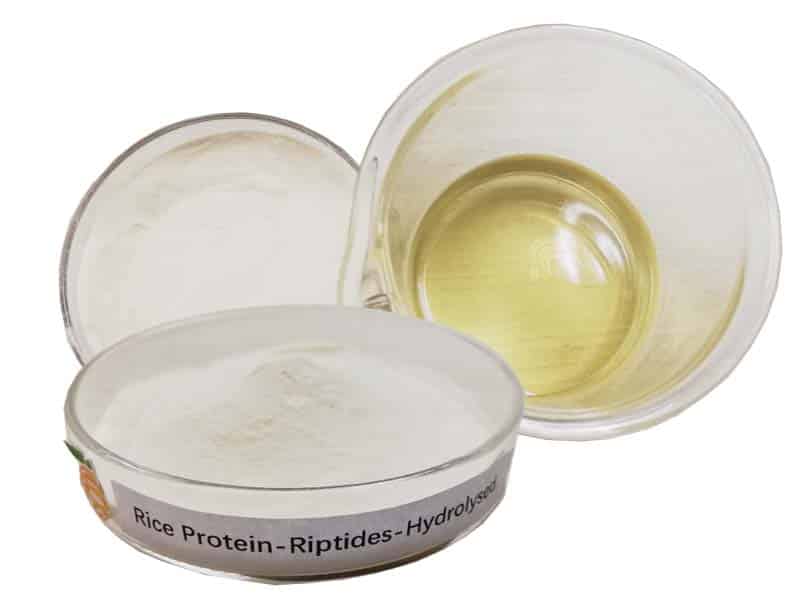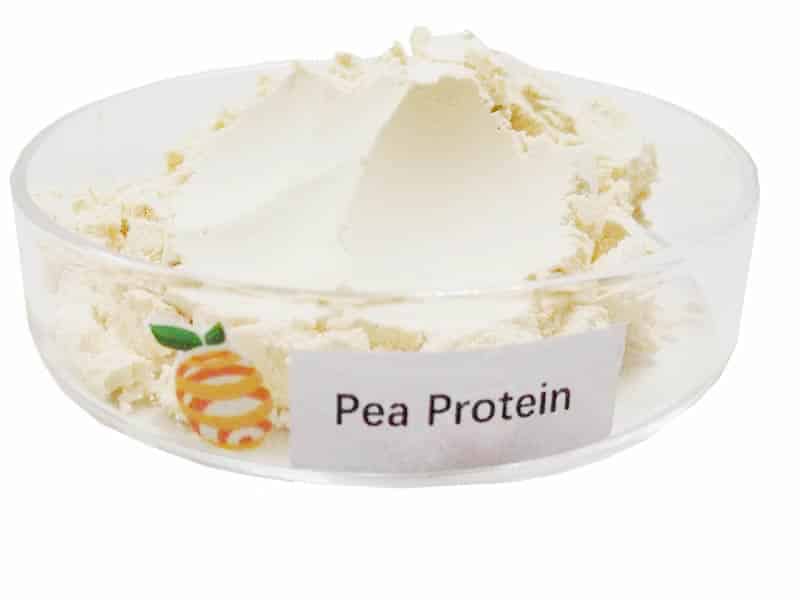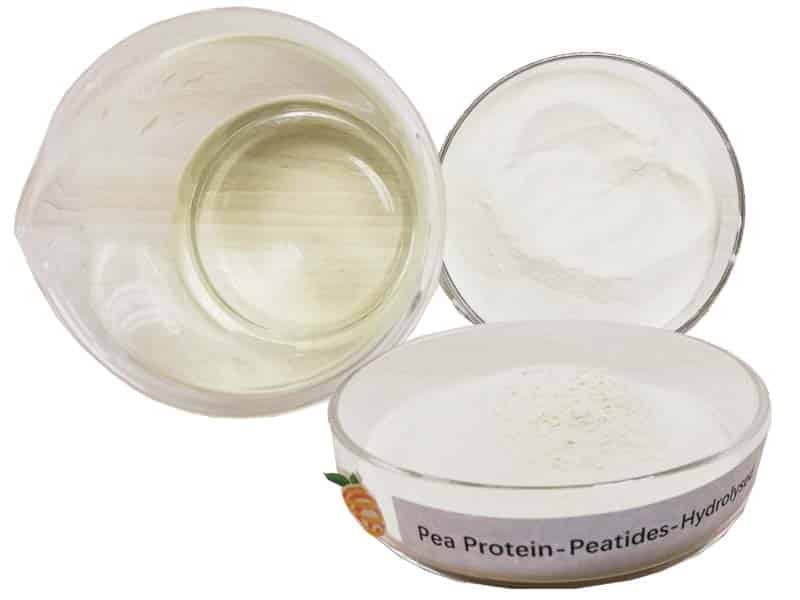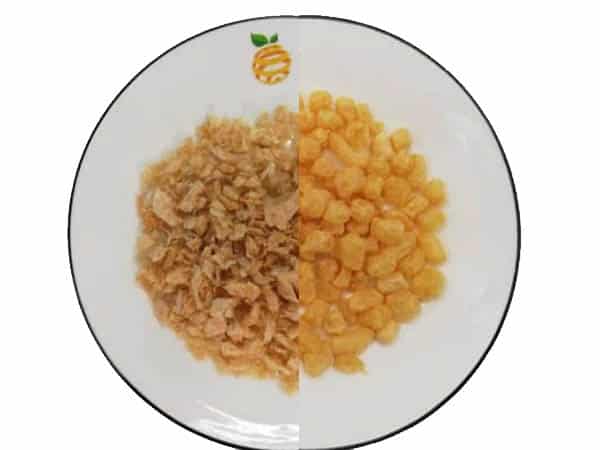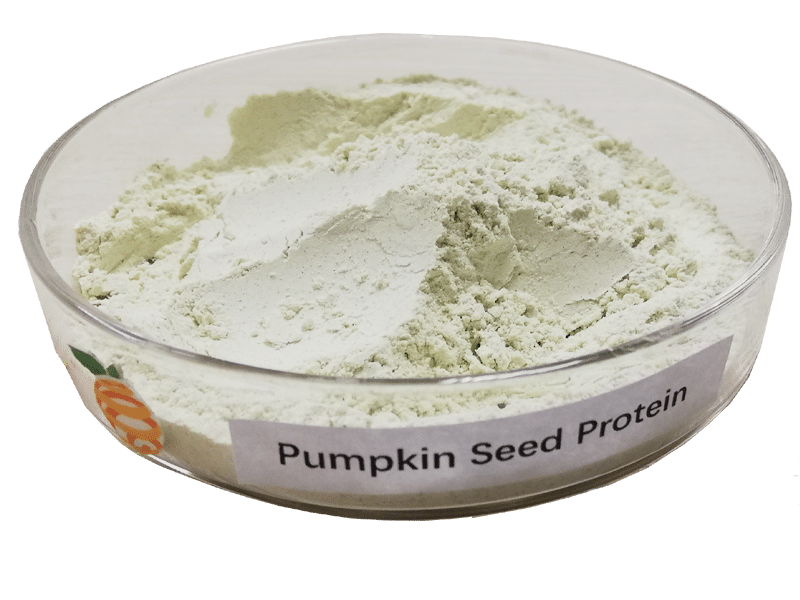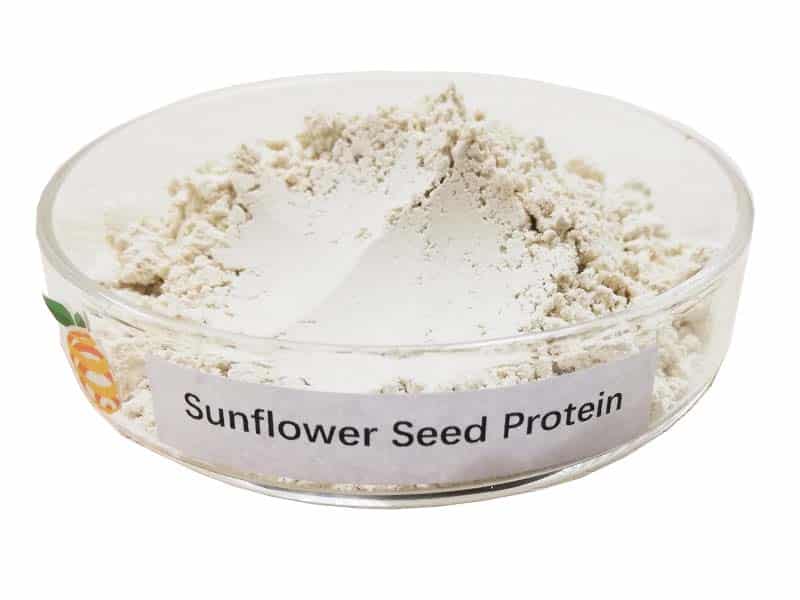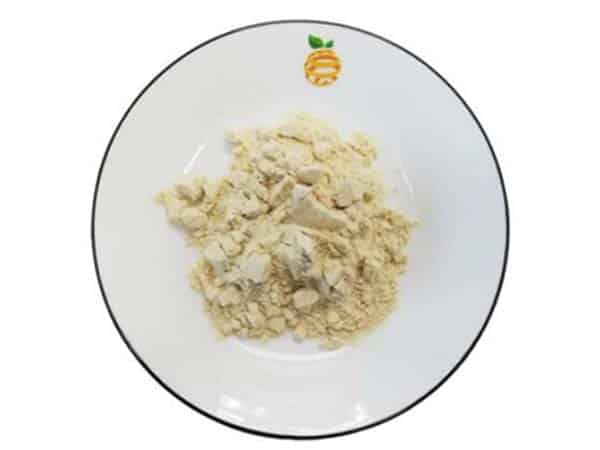Making Textured Pea Protein at Home
-
Table of Contents
Making Textured Pea Protein at Home

Pea protein has gained popularity in recent years as a plant-based alternative to animal-based proteins. It is not only a great source of protein but also offers several health benefits. While pea protein powder is readily available in the market, making textured pea protein at home can be a fun and cost-effective way to incorporate this nutritious ingredient into your diet. In this article, we will explore the process of making textured pea protein at home and discuss its benefits.
What is Textured Pea Protein?
Textured pea protein, also known as pea protein isolate, is a versatile ingredient that can be used in various recipes. It is made by extracting protein from yellow peas and then processing it into a dry, granular form. This process removes the starch and fiber, leaving behind a concentrated protein powder.
The Benefits of Pea Protein
Pea protein offers several benefits that make it an excellent choice for those looking to increase their protein intake:
- High Protein Content: Pea protein is rich in protein, containing around 80% protein by weight. This makes it a suitable option for athletes, bodybuilders, and individuals looking to build or maintain muscle mass.
- Complete Amino Acid Profile: Pea protein is considered a complete protein as it contains all nine essential amino acids that the body needs but cannot produce on its own. This makes it comparable to animal-based proteins like whey protein.
- Easy Digestion: Pea protein is easily digestible and does not cause bloating or digestive discomfort, making it a suitable option for individuals with sensitive stomachs.
- Plant-Based and Vegan-Friendly: Pea protein is derived from plants, making it a suitable choice for vegans and vegetarians who want to meet their protein requirements without consuming animal products.
- Rich in Iron: Pea protein is a good source of iron, a mineral essential for the production of red blood cells and oxygen transport in the body.
Making Textured Pea Protein at Home
While pea protein powder is readily available in stores, making textured pea protein at home allows you to have more control over the ingredients and the texture of the final product. Here is a step-by-step guide to making textured pea protein at home:
Step 1: Gather the Ingredients
To make textured pea protein at home, you will need the following ingredients:
- Yellow peas
- Water
- Optional seasonings and spices for flavor
Step 2: Soak the Peas
Start by soaking the yellow peas in water overnight or for at least 8 hours. This will soften the peas and make them easier to process.
Step 3: Cook the Peas
After soaking, drain the water and rinse the peas. Transfer them to a pot and cover with fresh water. Bring the water to a boil and let the peas cook until they are soft and easily mashed with a fork.
Step 4: Blend and Strain
Once the peas are cooked, drain the water and transfer them to a blender or food processor. Blend until you achieve a smooth, thick paste. If needed, add a small amount of water to help with the blending process.
Next, strain the blended mixture using a cheesecloth or a fine-mesh strainer to separate the liquid from the solids. The liquid obtained is known as pea milk, which can be used in various recipes or enjoyed on its own.
Step 5: Dry and Texture
Spread the strained pea mixture onto a baking sheet lined with parchment paper. Use a spatula to spread it evenly and create a thin layer. Place the baking sheet in an oven set to the lowest temperature or use a food dehydrator to dry the mixture. Leave it to dry for several hours or until it becomes dry and crumbly.
Step 6: Store and Use
Once the textured pea protein is completely dry, transfer it to an airtight container for storage. It can be stored in a cool, dry place for several months.
Summary
Making textured pea protein at home is a simple and cost-effective way to incorporate this nutritious ingredient into your diet. Pea protein offers several benefits, including high protein content, a complete amino acid profile, easy digestion, and vegan-friendliness. By following the step-by-step guide outlined in this article, you can create your own textured pea protein and enjoy its many health benefits.
About ETprotein
ETprotein, a reputable protein Chinese factory manufacturer and supplier, is renowned for producing, stocking, exporting, and delivering the highest quality organic bulk vegan protein and plant proteins. They include Organic rice protein, clear rice protein, pea protein, clear pea protein, pumpkin seed protein, sunflower seed protein, mung bean protein, etc. Our offerings, characterized by a neutral taste, non-GMO, allergen-free attributes, cater to a diverse range of industries. We serve nutraceutical, pharmaceutical, cosmeceutical, veterinary, as well as food and beverage finished product distributors, traders, and manufacturers across Europe, USA, Canada, Australia, Thailand, Japan, Korea, Brazil, and Chile, among others.
Our specialization includes exporting and delivering tailor-made protein powder and finished nutritional supplements. Our extensive product range covers sectors like Food and Beverage, Sports Nutrition, Weight Management, Dietary Supplements, Health and Wellness Products, and Infant Formula, ensuring comprehensive solutions to meet all your protein needs.
As a trusted company by leading global food and beverage brands and Fortune 500 companies, ETprotein reinforces China’s reputation in the global arena. For more information or to sample our products, please contact us and email sales(at)ETprotein.com today.
Learn how to make Textured Pea Protein at home and take control of your plant-based protein source. Start today by visiting our website and contacting us for more information.


